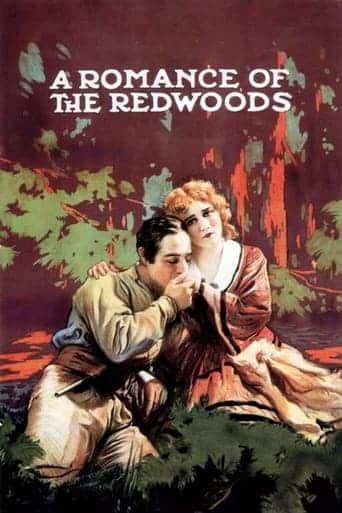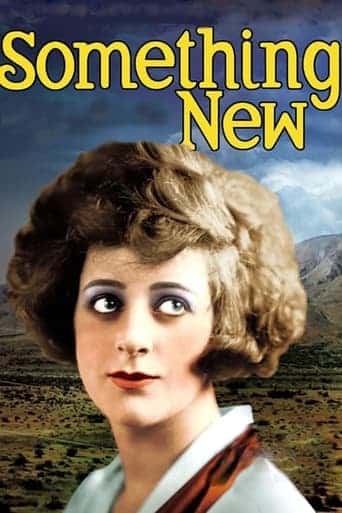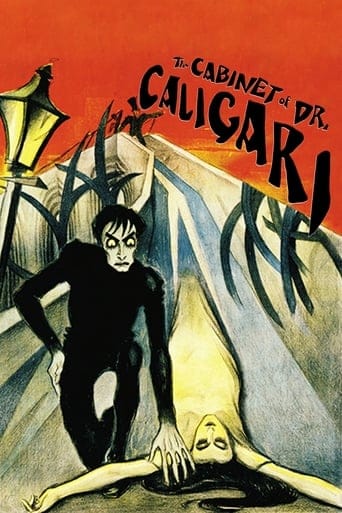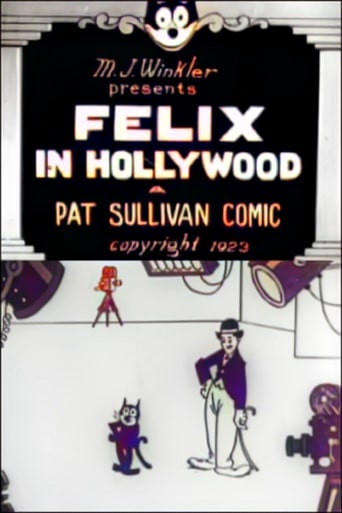Cinderella (1911)

 “Cinderella,” released in 1911, is a significant milestone in the history of cinema, particularly in the realm of silent films.
“Cinderella,” released in 1911, is a significant milestone in the history of cinema, particularly in the realm of silent films.
Directed by George Nichols and James Kirkwood, this short silent film showcases the enduring appeal of the timeless fairy tale “Cinderella.”
The film begins by introducing us to the protagonist, Cinderella, portrayed by the talented Florence La Badie. Her stepmother and stepsisters, played by Marguerite Snow and Marie Eline, respectively, subject her to a life of servitude and cruelty. The stepmother and stepsisters prepare for the royal ball, leaving Cinderella behind, downtrodden and dejected.
The magic in this silent rendition of “Cinderella” lies in its simplicity and artistry. Without the use of spoken dialogue, the film relies on expressive acting, intricate set designs, and effective visual storytelling to convey the plot and emotions. Florence La Badie’s portrayal of Cinderella is both touching and relatable, allowing the audience to empathize with her plight and root for her ultimate happiness.
The arrival of Cinderella’s fairy godmother, portrayed by the skilled Jane Gail, is a pivotal moment in the story. Through clever editing and special effects for its time, the fairy godmother transforms everyday objects into magical elements, such as a pumpkin into a carriage and mice into horses. This scene highlights the ingenuity of early filmmakers who used practical effects to create moments of enchantment.
The royal ball sequence is a visual delight, with elaborate costumes and an enchanting dance between Cinderella and the prince, played by Harry Benham. The chemistry between La Badie and Benham adds depth to their characters and their connection, all without spoken words.
Of course, the stroke of midnight arrives, and Cinderella must leave the ball, as her magical transformation is temporary. The film’s depiction of Cinderella’s hurried departure is both dramatic and effective in conveying the urgency of the moment.
One of the strengths of this adaptation is its ability to capture the essence of the classic fairy tale in a concise format. The filmmakers succeed in portraying Cinderella’s kindness and inner beauty, which ultimately win her the prince’s heart. The resolution of the story, where the glass slipper fits Cinderella perfectly, is a moment of pure cinematic satisfaction.
“Cinderella” (1911) serves as a testament to the enduring power of storytelling through film, even in the absence of sound. The film’s ability to convey a beloved tale with emotional depth and creativity stands as a testament to the artistry and innovation of early filmmakers.
In conclusion, “Cinderella” (1911) is a silent film classic that continues to enchant audiences with its timeless tale of kindness, transformation, and love. The film’s use of visual storytelling, expressive acting, and practical effects is a testament to the ingenuity of early cinema. While over a century old, this adaptation of “Cinderella” remains a cherished piece of cinematic history, reminding us of the enduring magic of storytelling on the silver screen.
Release Date: December 22nd, 1911
Main Cast Members
Florence La Badie (Cinderella)
Harry Benham (Prince)




